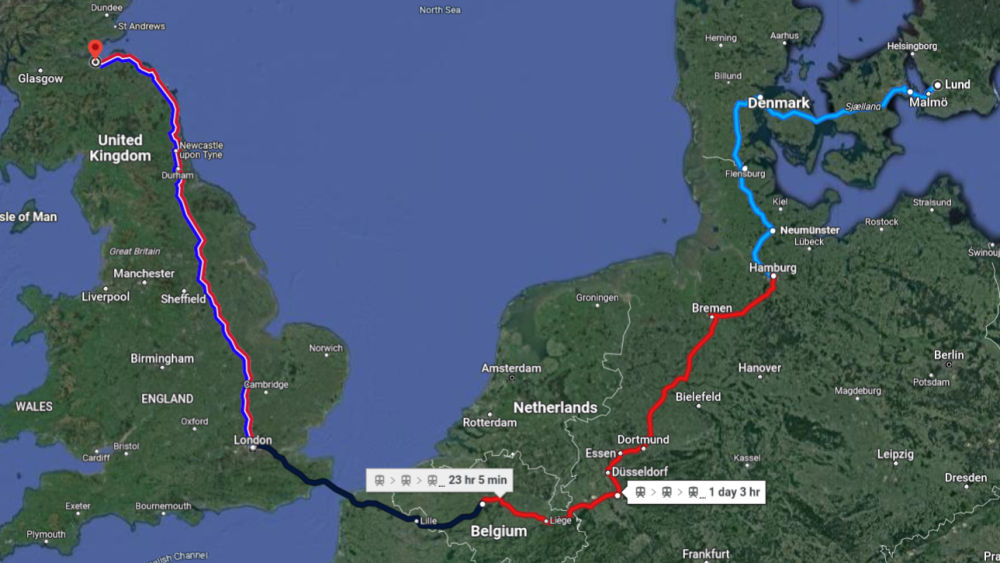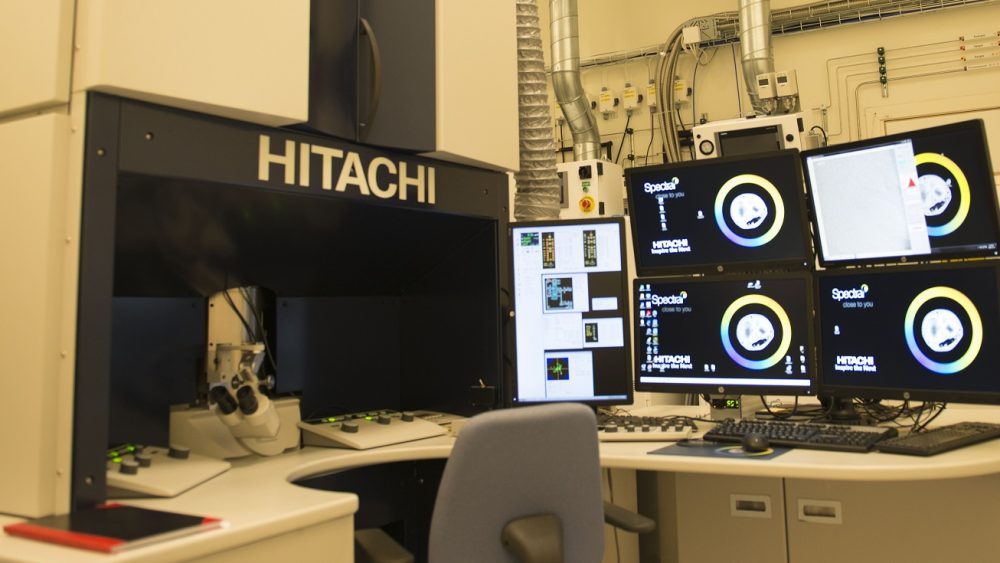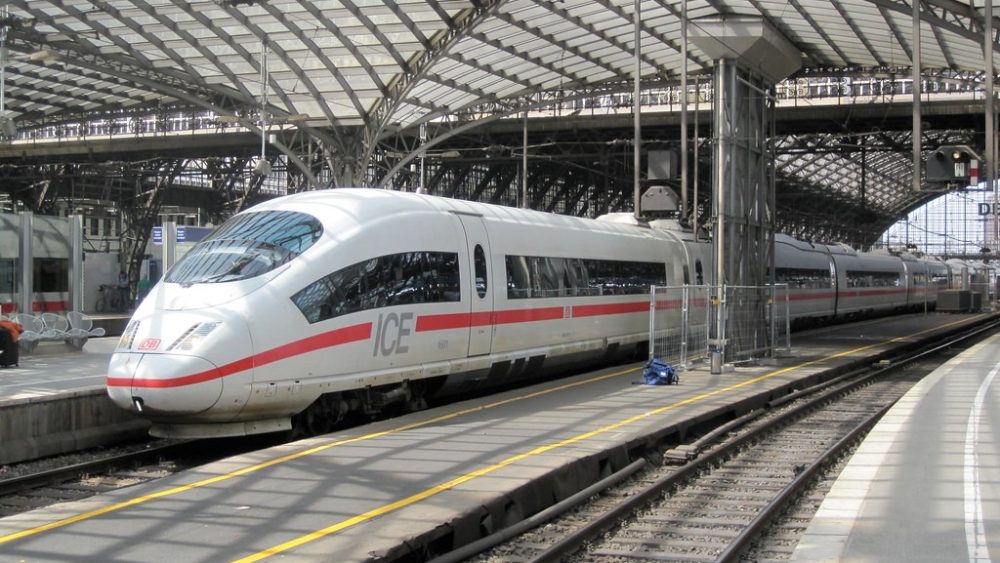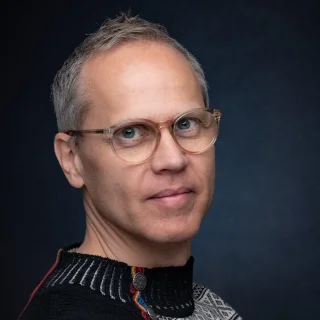Written by: David Alcer, Doctoral student, Department of Physics
To travel is often seen as a core activity of our society. For work or for leisure, travelling for many of us constitutes an important part of our lives. Particularly in academia, which builds on international collaborations, travelling far distances – in many cases by flight – can often seem a necessity. At the same time, we are facing an unprecedented crisis that undermines the very foundations of our societies. It is a complicated situation to live in a society which still normalizes flying and encourages travelling – and try to balance this with an understanding of the consequences of the ongoing climate catastrophe. It can easily leave us in a state of cognitive dissonance in which we try to justify our actions for ourselves although we know that we are bending our conscience and closing our eyes to the consequences. For me, it felt very liberating to decide for permanently staying on the ground. This may initially sound surprising, but having restricted my travelling options to those that leave me with a clean conscience yields a powerful feeling of freedom.
A step towards responsibility
My most recent travel endeavour was for a project meeting in the EU project InsectNeuroNano that I’m currently working for. Meeting all collaborators in Edinburgh was a great experience, both infusing our work with plentiful of new ideas and perspectives, and building social connections. But for me, this journey got even more valuable by all the experiences I made during the travelling itself. Finding a good connection was a little challenging – I can recommend bahn.de as a search engine for European tickets, although I ended up booking some parts of the journey via other train companies as well. The train ride experience was worth this work many times over! Among others, it gave me plenty of time to listen to podcasts (I strongly recommend “Klimatpodden”, it’s in Swedish though) while watching the landscape zoom past. With layovers in London and Amsterdam I had a chance to visit friends I hadn’t seen in a while. In Amsterdam, it was an overnight stay – just enough time to eat home cooked dinner and have a beer together in the evening. At my friends place in London I stayed for an amazing weekend. These meetups, as well as the meeting in Edinburgh, have given me plenty of thoughts to contemplate on while sitting back and enjoying the view on the train ride back home to Lund.
As climate researchers remind us periodically, the choices we make in this decade will determine the fate of humanity. All of us have a moral responsibility. My train travel to Edinburgh left me with the encouraging feeling of having taken a first step towards living up to that responsibility.





Comments